No products in the cart.
Home Improvement, Lawn and Gardening, Plants and Planters, Plants Saplings
Philodendron Fiddle Leaf Plant
NPR 800.00 NPR 900.00
The Philodendron Fiddle Leaf (Philodendron bipennifolium) is native to the rainforests of South Brazil, Argentina, Bolivia, and Paraguay. This Philodendron plant is also known as the Fiddle Leaf Philodendron and the Horsehead Philodendron because of the shape of the foliage. It is a low-maintenance house plant. The uncommon shape of the foliage makes this plant stand out.
The Fiddleleaf Philodendron’s large leaves grow between 18 inches to 3 feet (45.5 cm to 1 meter) long. The glossy foliage has a leathery texture. The Horsehead Philodendron blooms once it reaches maturity at 12 to 15 years. The creamy-white flowers are small, growing only a half inch (1.5 cm) long. The plant also produces round, green fruits, but they are not edible due to the plant’s toxicity.
Facts about Philodendron Fiddle Leaf
- Common Name: Horsehead Philodendron
- Scientific Name: Philodendron Bipennifolium
- Family: Araceae
- Origin: South America
- Growth Rate: Fast
- Identification: Green thick lobed leaves
- Height: Up to 3 feet tall
- Toxicity: Pets and humans
Care Tips of Philodendron Fiddle Leaf
- Sunlight: Grow your fiddle leaf Philodendron in bright, indirect light for optimal growth. A North or East-facing window is preferred. Avoid placing the plant in direct sunlight as it scorches the leaves. Yellowing foliage is an early sign of overexposure.
- Water: Follow a consistent watering schedule that keeps the soil moist but not soggy. Allow the top 2 inches of soil to dry out between waterings during the spring and summer. Reduce the amount of water in the winter when growth is slowed.
- Soil and Fertilizer: It prefers a fast-draining, loamy soil. Amend potting soil with organic material, like peat or compost, and some sand for added drainage. Keep the soil’s pH between 5 and 6 for optimal plant health. The Fiddleleaf Philodendron requires minimal feedings with a slow-release fertilizer three times per year. Water the plant before fertilizing to avoid burning the plant’s roots.
- Temperature and Humidity: Provide temperatures between 75 to 85 degrees Fahrenheit (24 to 29 degrees Celsius) during the day. At night, lower temperatures of 65 to 70 degrees Fahrenheit (18 to 21 degrees Celsius) are acceptable. It prefers humidity over 60 percent. Supplement low humidity with either a room humidifier or a pebble tray filled with water placed under the plant’s pot.
- Propagation: Propagate your plant by cutting a stem 2 to 4 inches long from a mature plant. Ensure the cutting has two top leaves and two bottom leaves or nodes. Remove the bottom leaves, if present, and allow the stem to sit and cure for one to two weeks to form a callus. Once calloused, fill a pot with a loamy soil mix and create a hole with your finger in the soil. Insert the stem until the nodes are below the surface and fill in the hole. Use a wooden skewer to support the stem if needed. Place the pot in bright, indirect sunlight and keep the soil moist. Once the cutting has established a root system and begins new growth care for the plant as you would a mature one.
- Common Pests and Diseases: Aphids and scale are common pests to watch for with your plant. Mature female scales are light tan, yellow-green, or yellow-brown and appear on the underside of the foliage. Curling, stunted or yellow leaves may indicate their presence. Treat infestations of either insect with the application of neem oil as directed. Erwinia blight, a common leaf disease, presents as water-soaked markings on the foliage. Leaves turn black and wilt as the disease progresses. Prune the affected leaves as soon as the condition is noticed to prevent further spread. Sterilize the shears between cuts. For advanced cases, treat the plant with a copper-based fungicide as directed.
Based on 0 reviews
Only logged in customers who have purchased this product may leave a review.
Vendor Information
- Store Name: Ajambari
- Vendor: Ajambari
- No ratings found yet!



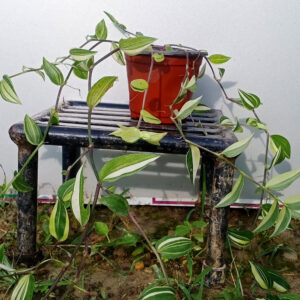
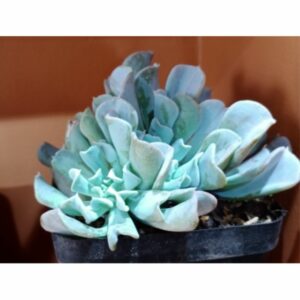
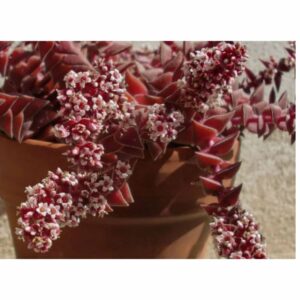
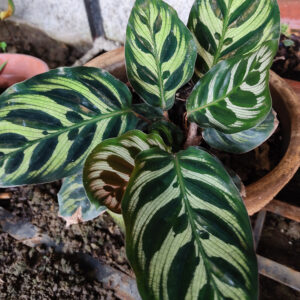
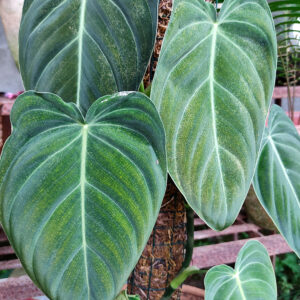
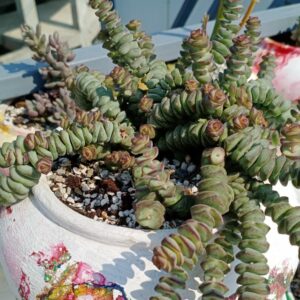
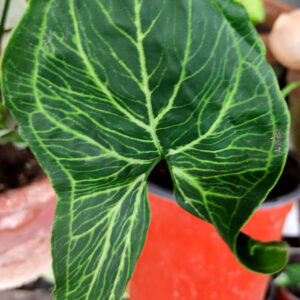
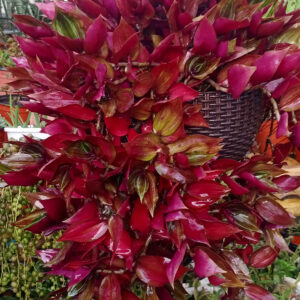
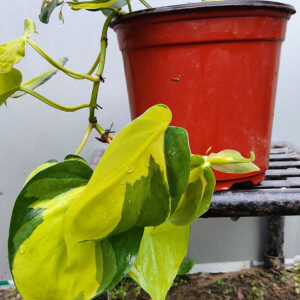
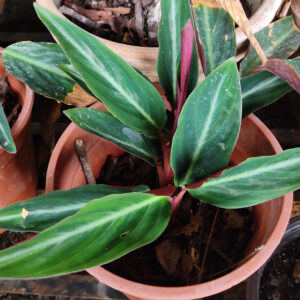
There are no reviews yet.